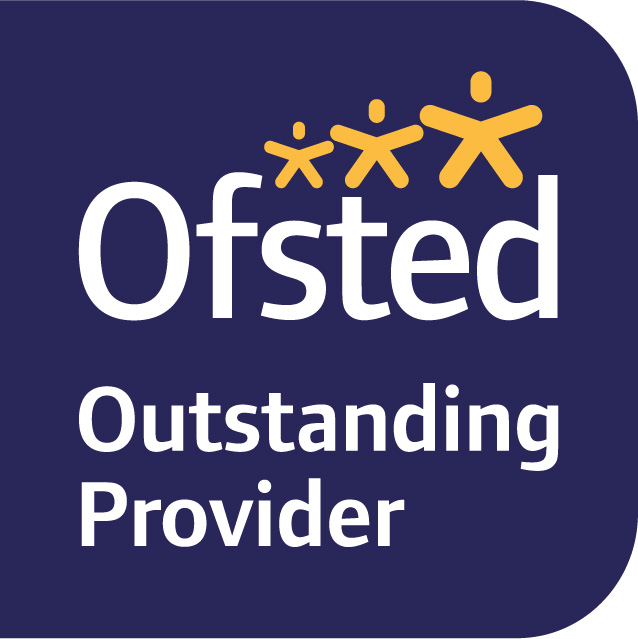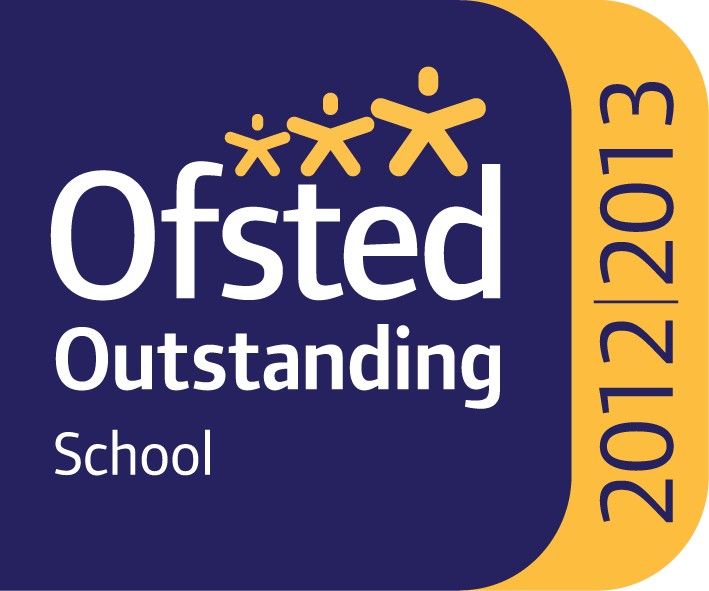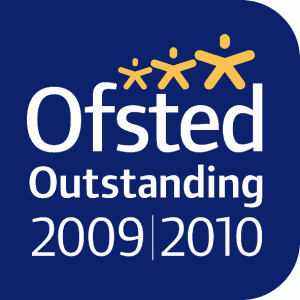Excellent English
Excellent English provides a range of learning activities to explore, develop, demonstrate, understand, consolidate and apply English and communication skills. These include working on fine motors activities to develop hand strength, grip and manipulation of objects.
There are stories and resources which are enjoyable to share together, with character, settings and prop ideas to develop imaginative play and creative ideas. Whilst reading stories together, can you answer these narrative questions- Who? What? Where? and When?
Excellent English also provides practical activities and ideas to learn about types of words including prepositions, nouns, verbs and adjectives. Can you use pictures, words and sentences to describe?
Fine Motor Skills
There are lots of things you can use at home to practice and improve fine motor skills. If you want to practice some writing maybe you could write a letter to a friend or a short story or colouring in.
Fine Motor Skills Activity Sheets
- Indoor fine motor skills challenge cards
- Pencil control pattern workbook
- Train Track Pencil Control Sheet
Mark Making, Letter Formation, Labelling & Description
Use pegs and bits around the house like a bit of sponge, pompoms, tin foil etc.
Wrap up items in tin foil/ tissue paper to unwrap
Play pass the parcel, tearing is good for fine motor skills- you could wrap up toys/ books
Cut out pictures
Cut out shapes
Thread pasta, beads, buttons, cereal. Have a go at threading cereal to make a bird feeder
Use tweezers to transfer small items from one container to another
Pegs – maybe help to put the washing out or peg pictures onto string to create a display
Mark Making- make marks in flour, sand, paint with fingers, cars, pencils, paint brushes,
Have a go at shaking flour onto a sheet/ outside and then make marks in it- can you make shapes? Can you make letter shapes?
Make a track for your car to follow, can you make a loop? Can you make a shape?
Use the treasure hunt/ scavenger hunt to find objects to label and describe?
Can you describe what you have for lunch/ snack using symbols/ adjectives?
What items can you find at home which are colourful, different shapes, thick, narrow, long, short. There are lots of everyday adjectives you can use to describe.
Can you think of words to describe characters in your books?
Links:
https://www.topmarks.co.uk/Search.aspx?q=letter%20formation
https://www.abcya.com/games/letter_trace
https://www.doorwayonline.org.uk/literacy/
http://www.crickweb.co.uk/ks1literacy.html
Mark Making, Letter Formation, Labelling & Description Photo Ideas
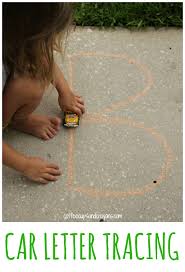
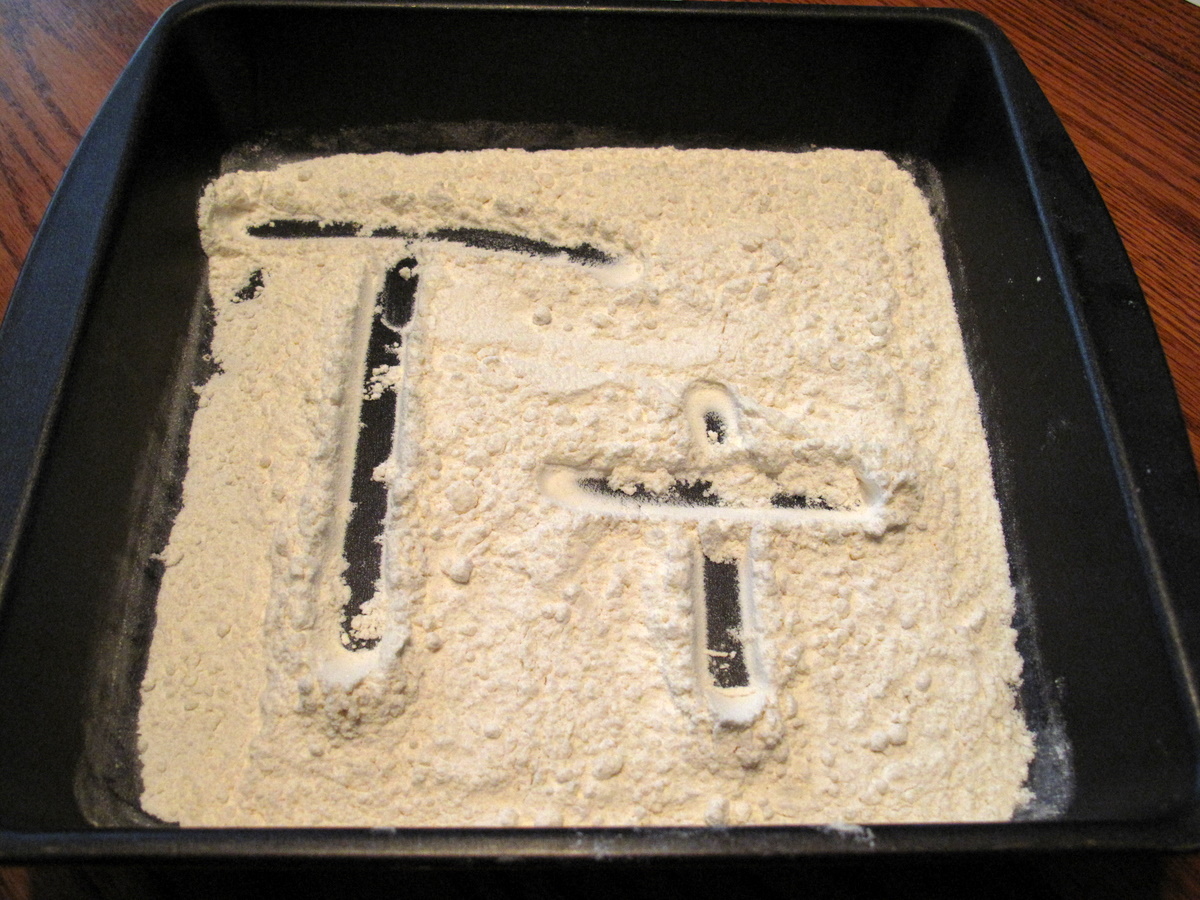

Mark Making, Letter Formation, Labelling & Description Activity Sheets
- Adjective symbols
- A Z lett lower
- A Z lett upper
- A Z letter Upper Lower Case
- Character Adjective Words
- Five senses scavenger hunt activity sheet
Stories
This is a lovely opportunity to share some stories using books you have or online resources. We have wigit and makaton resources for a number of stories and links to stories online. You could have a go at writing your own stories or use toys to create your own story or retell. You could write a short story about a photograph or create a photo story to share (we would love to see some of your creations)
The Tiger who came to tea:
https://www.youtube.com/watch?v=Wc2XxyNf4Qk Nice narration of the story
https://www.youtube.com/watch?v=VwmkzeTAJ8I 2020 world book day Makaton version
https://www.youtube.com/watch?v=CgTHukOXhDw Robbie Williams sing a long
Rainbow Fish:
https://www.youtube.com/watch?v=QFORvXhub28
Handa's Suprise:
https://www.youtube.com/watch?v=7bcdzh31As4
Various Story Tellers:
https://www.youtube.com/user/barefootbooks
https://www.youtube.com/results?search_query=books+alive
https://www.youtube.com/results?search_query=tiny+ts+storytelling+and+theatre
Story Telling Documents:
- Handas surprise 1
- Handas surprise 2
- Handas surprise 3
- Handas surprise 4
- Handas surprise 5
- The Rainbow Fish 1
- The Rainbow Fish 2
- The Rainbow Fish 3
- The Rainbow Fish 4
- The Tiger Who Came for Tea 1
- The Tiger Who Came for Tea 2
- The Tiger Who Came for Tea 3
- The Tiger Who Came for Tea 4
- TheTigerWhoCameToTeaBoardGame
- Would you rather Makaton signs
- Would you rather Makaton signs 2
Instructions
Have a go at ordering numerically.
Play a game identifying the instructions as you play, try a new game and go through the instructions first.
Do some visual sequencing. Using 2 sets of equipment It could be anything, paperclips, pasta, lego, pencils, counters or a mixture. Put a set in a certain order for your child to copy. Then change roles so they put their equipment in a certain order and you copy.
Use visual modelling- laying the table, drawing a simple picture, making marks/ drawing in sensory materials
Sequence instructions using familiar activities, there is a crossing the road resource you could have a go at ordering.
There are lots of lovely symbol recipes in our folder. You could also have a go at following instructions to decorate a pizza or make a sandwich or a drink.
Why not try following some dance move instructions like The Superman or The Cha Cha slide. Check out Flamingo chicks https://flamingochicks.org/athome/
My class love to follow along with Move and Freeze https://www.youtube.com/watch?v=A1vdKfXlB_g
Have a go and then try ordering the instructions along with the video? What do you have to do first? What comes next? Use instructional language to create your own instructions
There are lots of things we do every day, using step by step instructions like cleaning our teeth, getting dressed, making a snack or a drink- Can you write instructions for these activities or put them in order?
Have a go at some online activities
https://www.topmarks.co.uk/Search.aspx?q=instructions
https://learnenglishkids.britishcouncil.org/short-stories/the-treasure-map- explore the treasure map and have a go at following or writing some directions.
Instructions
- Bossy verbs
- Cup cakes Recipe
- Finger olympics
- Flapjack Recipe
- Fruit Kebab Recipe
- Household applicances
- Making a Sandwich Recipe
- Making pizza
- Safe Road Safety Crossing Sequencing
- Safe Road Safety Crossing Sequencing Black and White No Numbers
- Shortbread Recipe
Comic Strip
Have a go at some speech bubbles.
Cut up a storyboard and re order it
Using our resources match words with pictures
Make a superhero comic strip, make a comic strip of your favourite story (draw/cut out pictures and stick)
Have a look at some pictures or photos, what do you think the people might say? How might they be feeling.
Create a photo story of things you have been doing at home and write or match captions to go with the pictures.
Use our resources to match the caption with the character
Create a photo story of an activity, like building a tower, dancing or painting a picture
Explore Superheroes and have a go at making your own Supertato
https://senresourcesblog.com/2018/06/23/make-your-own-super-potato-with-twinkl/
https://www.youtube.com/watch?v=QlaMeNmTG6c
Maybe you could create your own different vegetable superhero and write/ film some captions or a story to go with it.
Use story maker to create your own story
https://learnenglishkids.britishcouncil.org/games/story-maker-1
https://learnenglishkids.britishcouncil.org/games/story-maker-2
Make an online storyboard https://www.storyboardthat.com/storyboard-creator
Comic Strip Activity Sheets
- Comic strip
- Comics activity pack
- Match the captions to the characters
- Match the symbol to the picture
- Speech bubbles
- Supertato Captions Widgit Symbols
Sentences
Use practical items in your house to practice using sentences.
For example: The book is in the bag. The teddy is on the table. The pencil is in the pencil case. The dog is on the mat. The flowers are in the garden. The spoon is in the bowl. There are lots of things you can try.
Play ‘What’s in the bag’ Or What’s under the blanket. You could use a pillow case, or a shopping bag. Put a variety of items in the bag/ under the blanket. Then take turns to pull them out- ‘The spoon is in the bag’ ‘The lego is in the bag’ ‘The blocks are under the blanket’ this will help you practise experiencing, forming, saying or copying simple sentences.
Have a look at our resources and create a match the word to the item with some items you have a home.
Write a sticker story – using any stickers you have, the children can stick them on paper and make up their own story.
Make silly sentences using picture cards for ideas.
Make a diary of your time at home – verbalising/overwriting/writing one sentence a day about what they have done (parents can use sentence starters to support/children could choose a picture to complete the sentence etc.)
Rainbow writing- see resource – look around the room/garden etc. What can you see that is Red, orange, yellow, green, blue?
Say your sentence eg “The ball is red.” Count the words “1, 2, 3, 4.” The write your sentence.
Use the resources to have a go at making your own sentences.
Play some sentences and punctuation games online-
Ordering sentences and simple sentences games:
https://www.turtlediary.com/games/sentences.html
https://www.topmarks.co.uk/Search.aspx?q=sentences
http://www.sentenceplay.co.uk/sentenceGames.htm
Create Lego sentences. Write words on sticky notes and put them on Lego/ block pieces. Model ordering them to make a sentence and then jumble them up for the child to order/ make a sentence up. – See photo
Some online resources you light like to explore
https://www.phonicsbloom.com/uk/game/yes-no-yeti?phase=3
https://www.phonicsbloom.com/uk/game/sentence-substitution?phase=4
https://www.phonicsbloom.com/uk/game/yes-no-yeti?phase=5
Sentences Activity Sheet
- Colour sentences
- Letter match for a name independent task
- Letter match to word independent task
- Marble roll activity
- Match every day items to the word task
- Simple Sentence Scramble Activity Sheet
- Simple Sentence Writing Prompt Pictures
Nouns, Verbs & Adjectives
A lovely activity for naming objects is what’s in the bag/ what’s under the blanket. Using the ideas from last week to consolidate nouns and adjectives. You could use a pillow case, or a shopping bag. Put a variety of items in the bag/ under the blanket. Then take turns to pull them out- ‘The spoon is in the bag’ ‘The lego is in the bag’ ‘The blocks are under the blanket’ this will help you practise experiencing, forming, saying or copying simple sentences with nouns.
To develop this for adjectives you could put a number of objects in the bag to describe. Use concepts like colour and size. If you put different bricks in for example you can label the object and the colour ‘ the yellow brick’. You could try some toys, ‘the fluffy teddy’ or ‘the small car’
Use the widgit resource to explore the verb pictures, selecting, finding and matching to the symbols.
Use movement verb cards (e.g. run, jump, hop) and add an adverb (quickly, slowly, quietly, loudly, happily, grumpily)
Take photos of things on your walk and choose words to describe what you have seen
Print a feelings board from Twinkl (how do you feel today? How do you think characters on TV/ in books feel?), explore items through the senses and describe sensations (e.g. how do the feathers feel? What does the flower smell like? What does the food taste like? etc.)
Match the verb to the word and picture using our widget resources.
Use the playground scene to explore and label the different actions
Go on a noun hunt at home, having to find and label different objects. You can use our resource or make up your own.
Go on a noun hunt and then choose words to describe the objects you find.
Find objects to compare- this is big, this is small. This is long, this is short. This is patterned, this is plain.
Complete a colour hunt. Find objects and then use the colours to describe them in a sentence. ‘The flower is pink’ ‘The jumper is blue’
Explore the colourful semantics resource and use coloured symbols to create sentences with nouns and verbs.
Verb rap https://www.youtube.com/watch?v=ineCCpqpZrM
Singing Walrus Action Song https://www.youtube.com/watch?v=dUXk8Nc5qQ8
Adjectives song https://www.youtube.com/watch?v=3JZi2oDvPs4
Nouns, Verbs & Adjectives Activity Sheets
- Colourful Semantics Starter Pack
- Match the noun pictures
- Match Word to Picture Noun
- Matching the verb to the word
- Noun hunt 1
- Noun hunt 2
- Verb picture cards and symbols
Settings
As you ask where questions, use the where sign to help your child to understand.
You could hide a wind up toy or a noisy toy under a cushion, box or table and get your child to listen carefully and find the toy. Ask the question “where is it?”
Using different toys or objects hide them. Then ask your child “where’s the teddy?” Try to encourage them to sign/ say/ communicate where it was e.g. “under the table”, or “in the box”
Use some of the pictures in our resources and put them into a bag- for example, something from the farm. Have a picture of a farm or a shop to choose from. ‘Where does the sheep go?’
If you have photos of places familiar to your child, or photos of different rooms in your house mix them up and ask your child, “where’s this?”.
Play where does it belong? Use some objects from your house, maybe a TV remote, a spoon, a pillow or a toy etc and see if you can identify what part of the house the object comes from.
Explore settings through the sensory stories included in our resources.
Explore the settings in your favourite books and films. Where are they set, are there different places?
Forest
Beach
Castle
Shop
Zoo
Park
Seaside
Library
School
An Island
Desert
Create a setting or a setting collage- see photos or a settings sensory trays - woodland (sticks and leaves), beach (sand and water), snowy mountains (cotton wool or ice)
Use adjectives to describe these.
A lovely session describing settings with adjectives https://www.youtube.com/watch?v=7cwu9rirxV4
Where- using settings https://www.youtube.com/watch?v=N5USpsvsNJw
Use the photos to identify different features of different settings.
Use the photos to sort objects into different settings for example – does it belong in a school or a super market.
Setting lesson online https://www.thenational.academy/year-2/english/to-write-a-setting-description-year-2-wk3-5
Create a settings shoebox- have a look at our resource for some fantastic setting ideas to try and recreate
Match familiar story characters to their settings
Change a setting in a familiar story (there are pictures of different story settings on Twinkl - choose a card and adapt the story)
Settings Activity Sheets:
- Adjective Adverb and Verb Mat Pack
- Describe settings
- Farm Animals
- Farm links
- Farm PPT
- In the Rainforest sensory story
- It Was A Cold Dark Night sensory story
- Match the setting to the word
- Question Cards
- Rainforest Shower poem sensory story
- Scene Boards
- School Scene and Question Cards
- School Scene Blanks Level 1 Questions
- shoe box settings
- Story Setting Photo Prompts
- T T 5559 Farm Animal What Am I Interactive Powerpoint Game ver 1
Prepositions
You can have lots of fun whilst learning about prepositions. Hiding objects, using prepositions yourself to go under and over things, hiding behind and standing inbetween.
Play where is… You can use toys, a block, an object with a box, table, blanket to play a prepositions game. For example the teddy is in the box, the teddy is under the box, the teddy is behind the box. See photos- example with a playmobil figure and a box. It’s great if you have two sets. You can take turns to copy.
Complete a scavenger hunt with simple clues i.e. 'Look under the table' draw simple pictures to support reading the clues.
BBC Bitesize explains prepositions with some games- https://www.bbc.co.uk/bitesize/topics/zwwp8mn/articles/zw38srd
Scratch garden prepositions https://www.youtube.com/watch?v=xyMrLQ4ZI-4
Where is monkey? https://www.youtube.com/watch?v=idJYhjGyWTU
Watch where’s the monkey and then have a go with one of your own toys.
Lego is great for prepositions. You can use simple prepositional language building a tower, for example. Put the red block on the blue block. Or put the blue block under the red block.
Using physical objects and following prepositional instructions can be a game. You can take turns at giving instructions or copying each other.
You can use pens, paints, crayons to draw lines or shapes using prepositional instructions. You could use letters/ numbers too
Draw a red line, draw a yellow line underneath, draw a green line on top of the red lie.
Twinkl preposition board game- Print the game and use a dice and counters to take turns to identify the preposition shown.
Lovely prepositions game https://www.gamestolearnenglish.com/prepositions-game/
Complete the preposition sentence to shoot some hoops https://www.eslgamesplus.com/prepositions-of-place-esl-fun-game-online-grammar-practice/
Read favourite stories - where is the character?
Role play and place items in different positions - e.g. have a picnic - where are the plates? (in the basket, on the blanket, behind you)
Play hide and seek - are you behind the door? Under the table? Next to the sofa?
Preposition Photo Ideas:
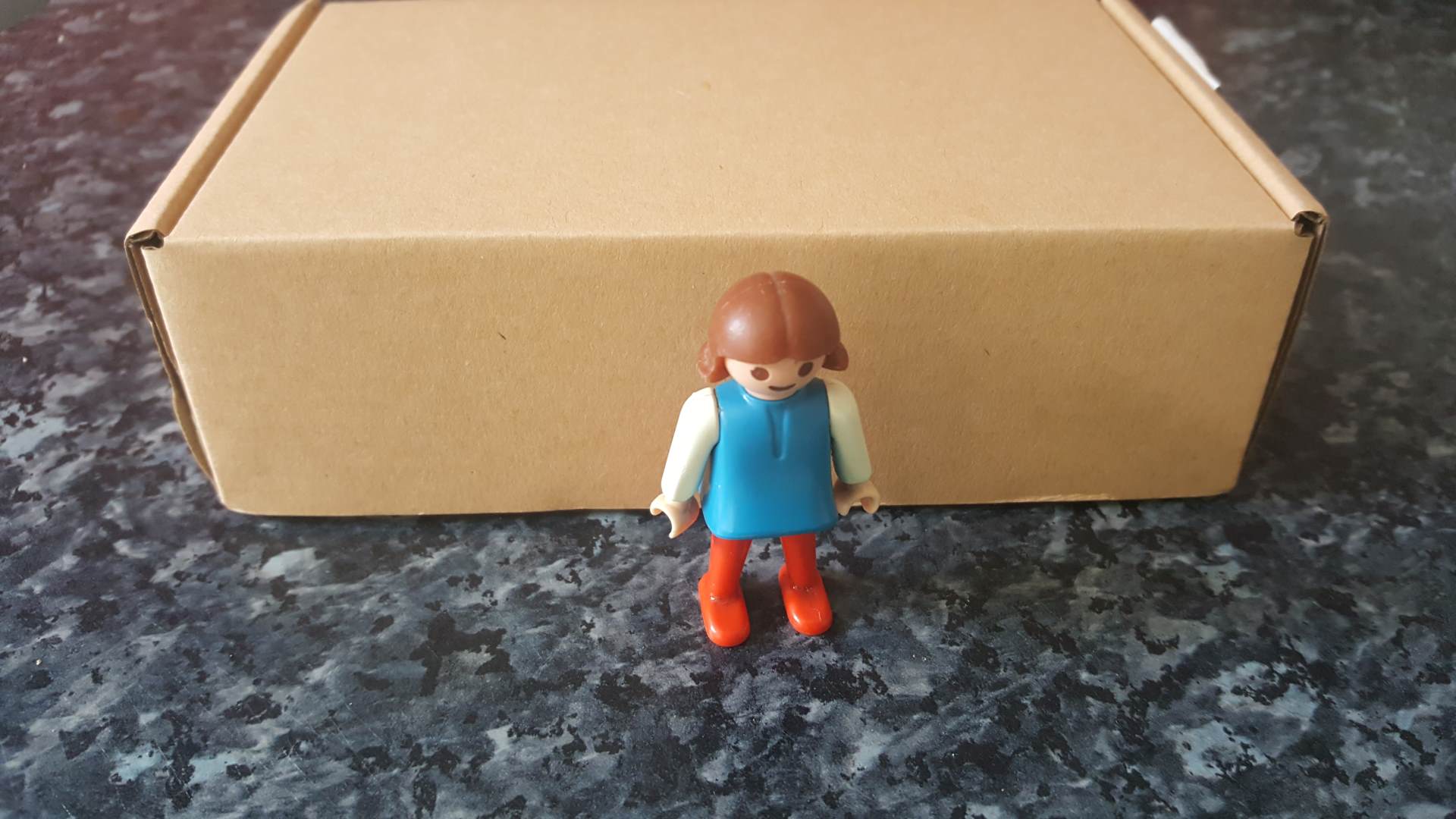
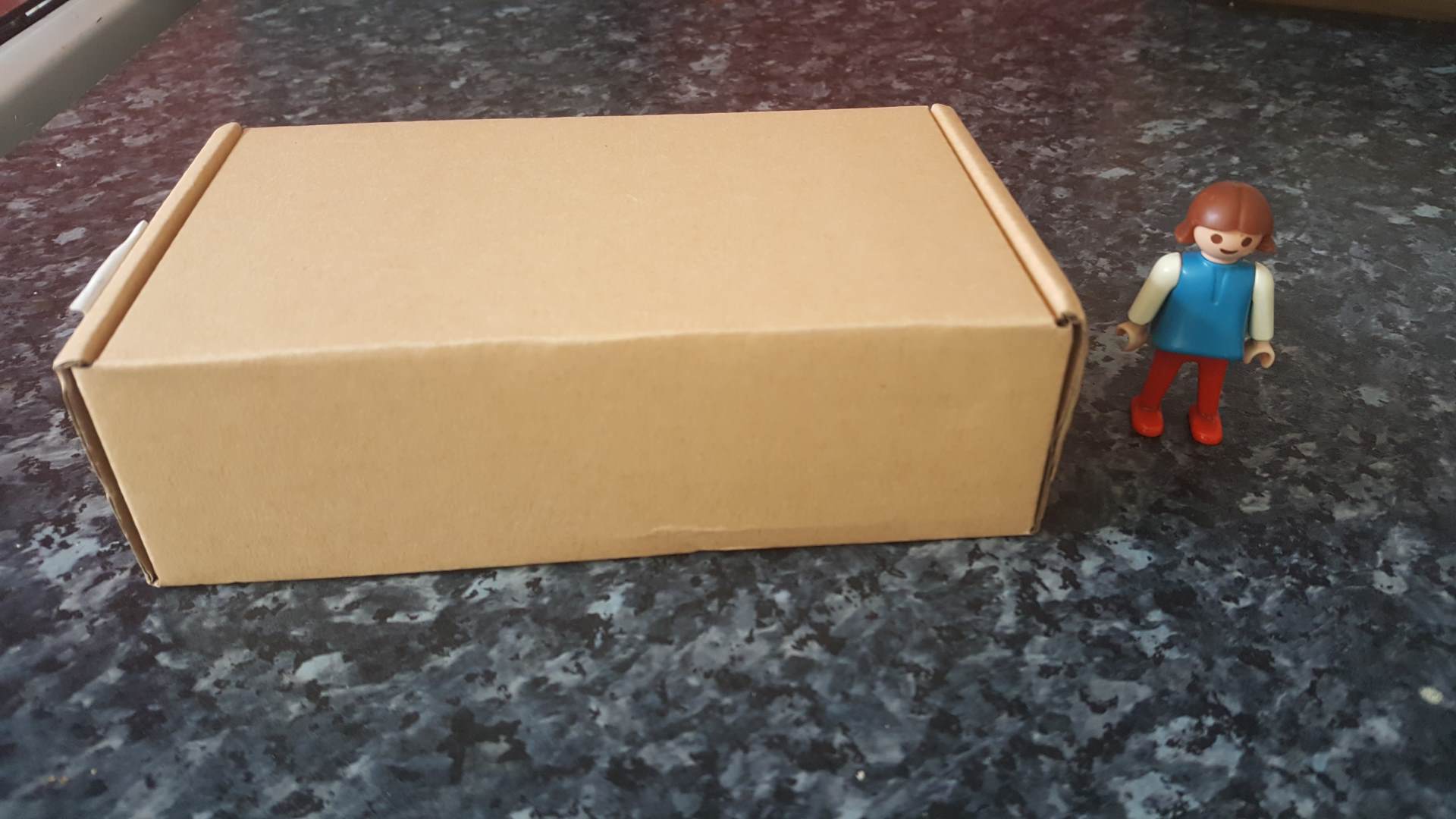
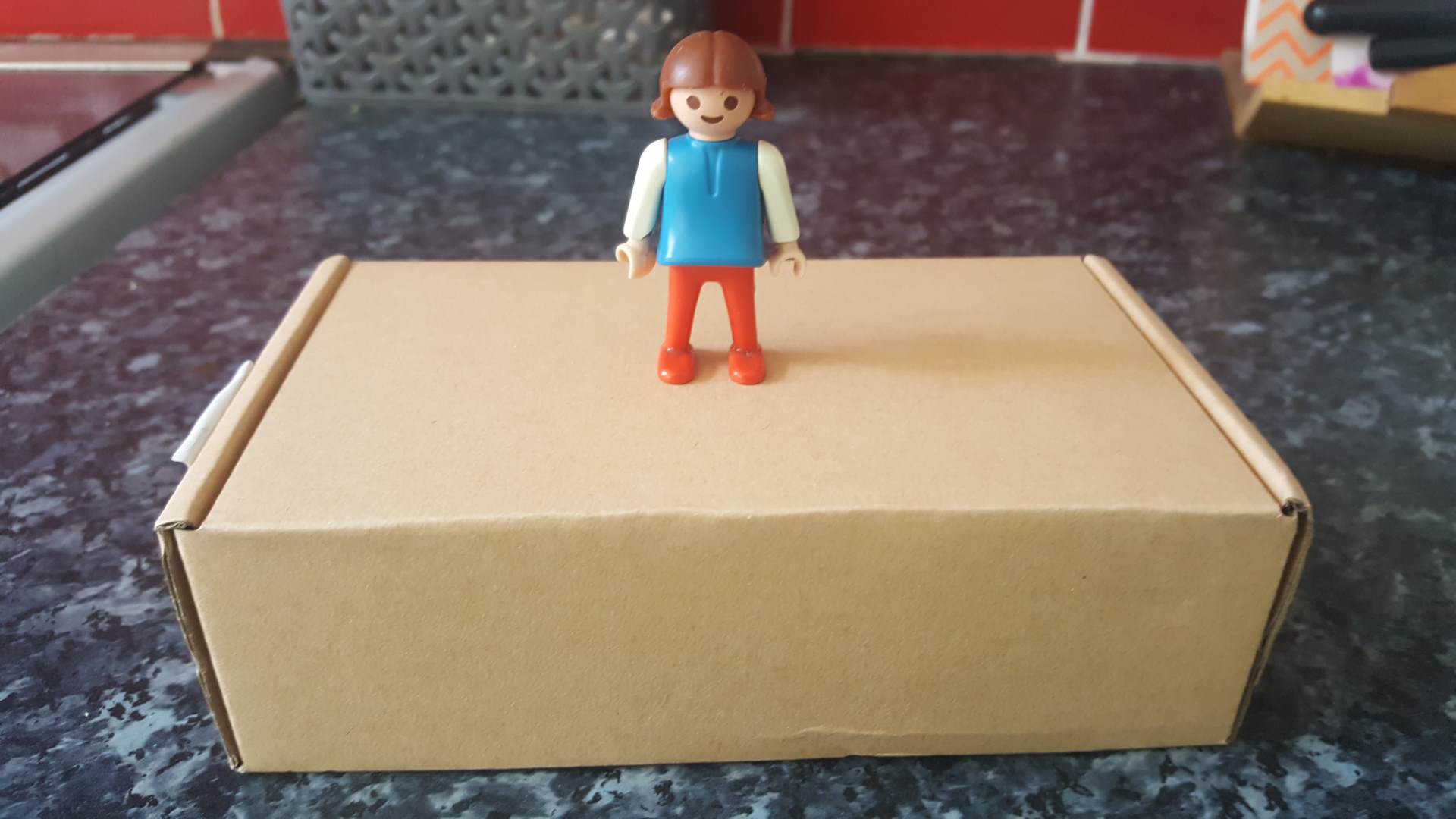
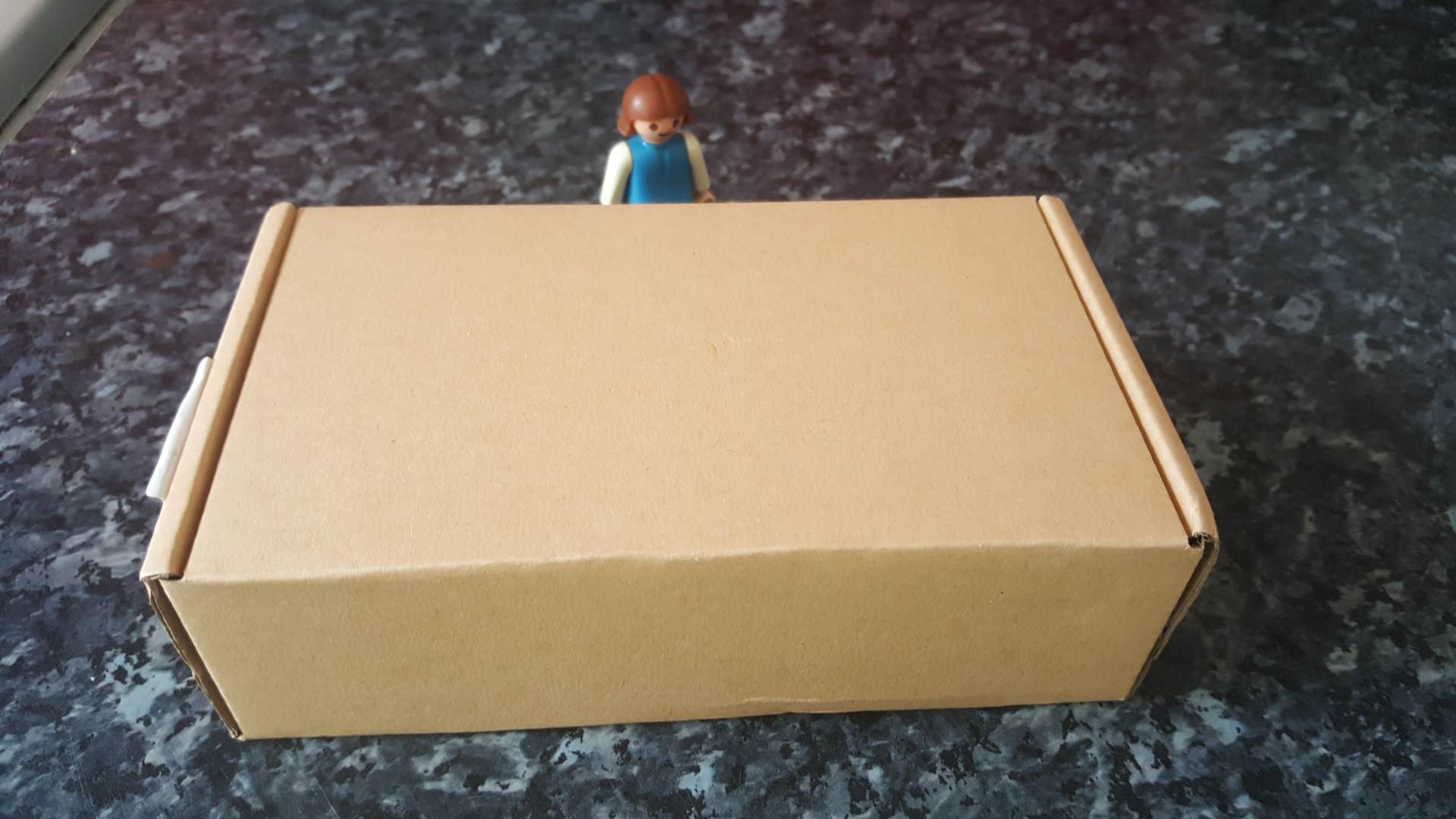
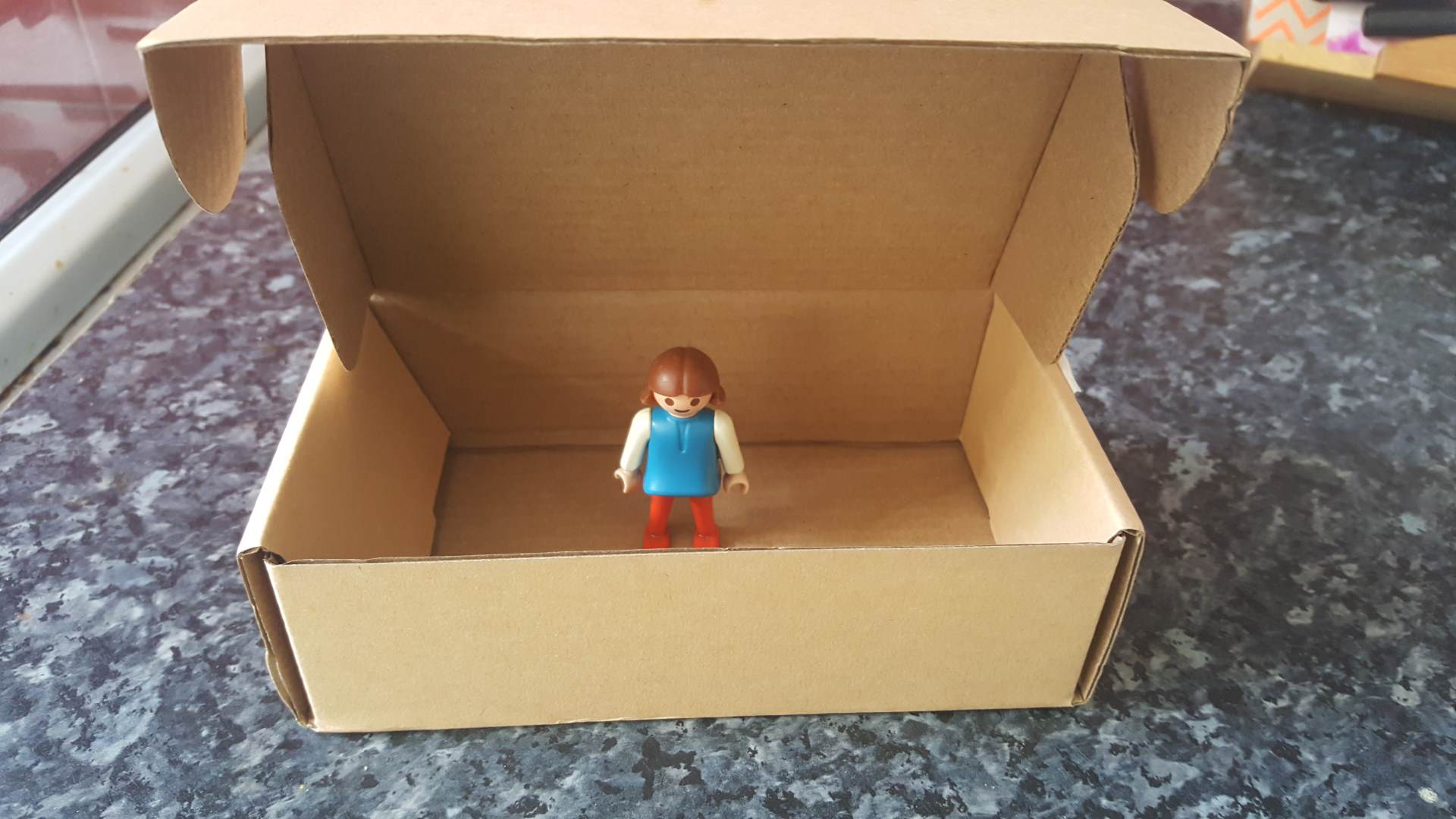
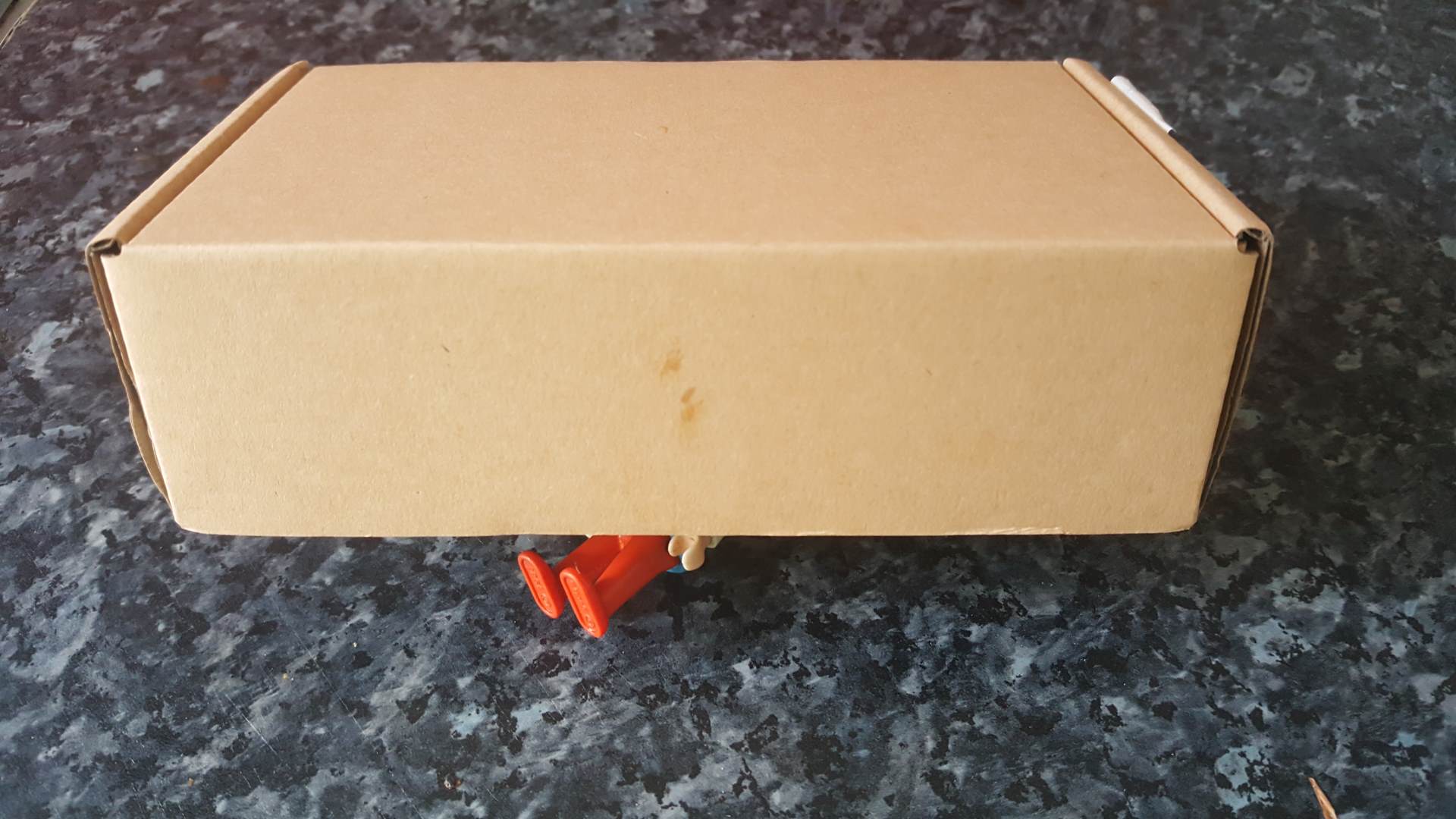
Preposition Activity Sheets
- Missing Prepositions
- Positional Language Matching Cards
- Preposition symbols
- Preposition board game
- Prepositions
- Prepositions Word Mat
- Supermarket Place Prepositions Fill in the Gaps
- Supermarket Place Prepositions Question Cards
- Supermarket Place Prepositions Written Questions
Reading & Ryhmes
Have some fun writing letters and words in sensory materials like sand or flour.
Practice mark making/ writing letters/ writing CVC words/ writing sentences about things you see.
Use small objects and toys to create a scene to match the words and read the sentences e.g The cat is in the box. The man with a hat. See photos
Match CVC words to toys and objects – see photo
Create a comfy corner or a den for looking at books.
Have a tray of household items, such as: car, jar, star, sock, rock, lock, cap, map, can, pan, fan, bell, shell, rice, dice, etc. Group the rhyming items/ objects.
App: ‘Meet Millie’ (book 1 free) - You can purchase further adventure books with interaction on every page. Interesting story, good modern graphics and Millie springs to life with her photos.
If you are searching using the computer start a list of words that you like to look up.
Free online Library from The Oxford Owl https://www.oxfordowl.co.uk/for-home/find-a-book/library-page/
Some great books with singing and signing too https://www.booktrust.org.uk/books-and-reading/have-some-fun/storybooks-and-games/
Rhymes to enjoy https://www.booktrust.org.uk/books-and-reading/have-some-fun/storybooks-and-games/share-the-fun/
Lovely story videos https://www.worldbookday.com/storytime-online/
Read or watch a story together and then ask questions such as
- Can you find the characters?
- Can you find where it says…?
- Can you point to a picture or word?
- Where does the story take place?
- What happened in the story?
- What did you like about the story?
Share nursery rhymes together/watch nursery rhyme videos/songs online
Rhyming scavenger hunt - find something that rhymes with.... (have a selection of items in a box for them to hunt through)
Build a tower of rhyming words - write words onto lego pieces. Children can find words that rhyme and then build a tower of rhyming words
Splat the rhyming word - write down different words - some that rhyme and some that don't. Say a word and when you find a word that rhymes, splat it!
Reading Games:
BBC reading games https://www.bbc.co.uk/bitesize/subjects/zgkw2hv
Topmarks Reading https://www.topmarks.co.uk/english-games/7-11-years/reading
Learn about fiction and non fiction
https://www.penguin.co.uk/puffin/
https://www.topmarks.co.uk/Search.aspx?q=non+fiction+books&p=3
https://www.bbc.co.uk/bitesize/topics/z2yycdm/articles/zty8xfr
Twinkl ebooks https://www.twinkl.co.uk/resources/literacy/story-resources/story-books-ebooks
Storyline online https://www.storylineonline.net/
Read some rhyming books or poems together
Reading & Rhymes Photo Ideas:
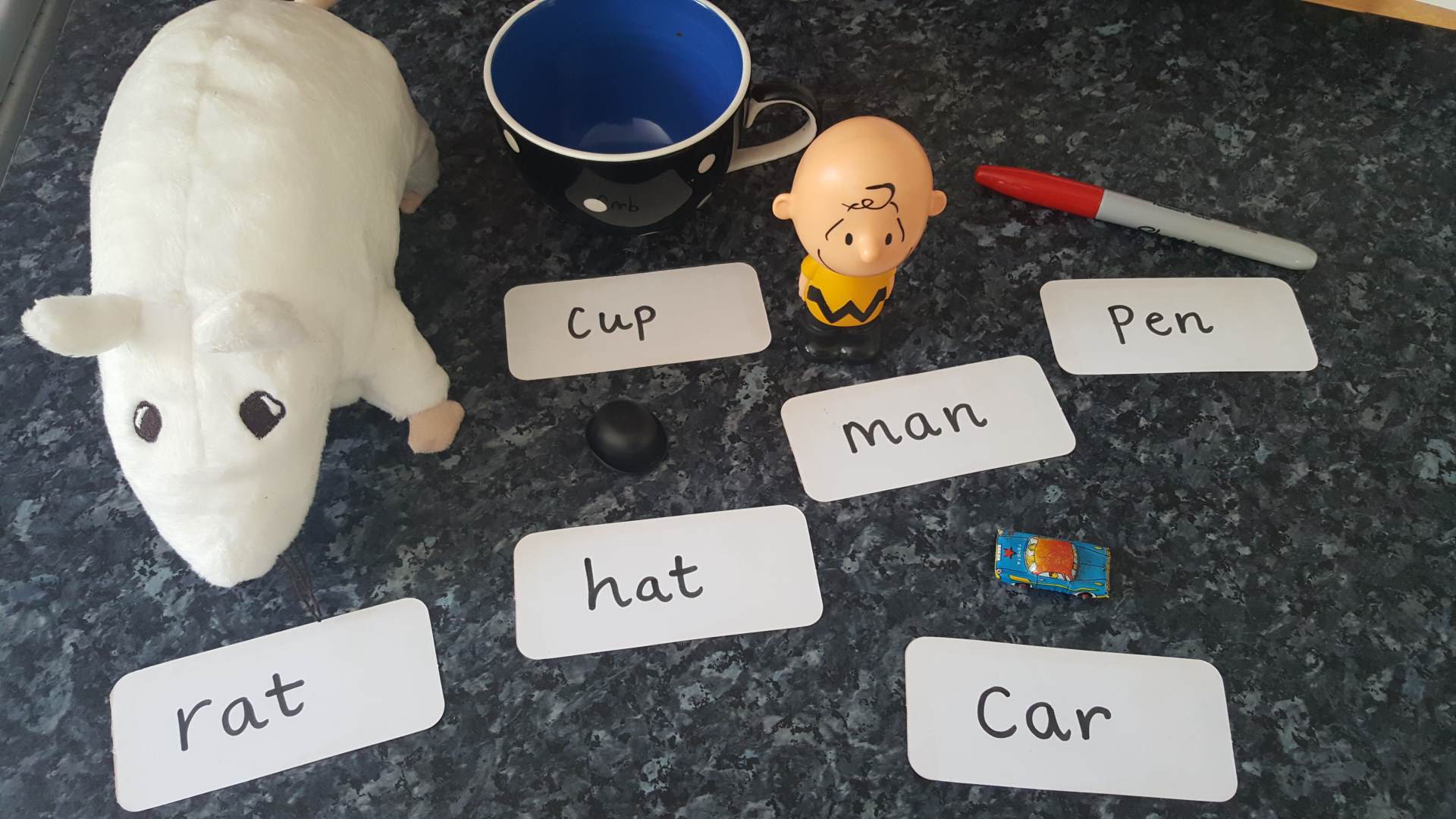
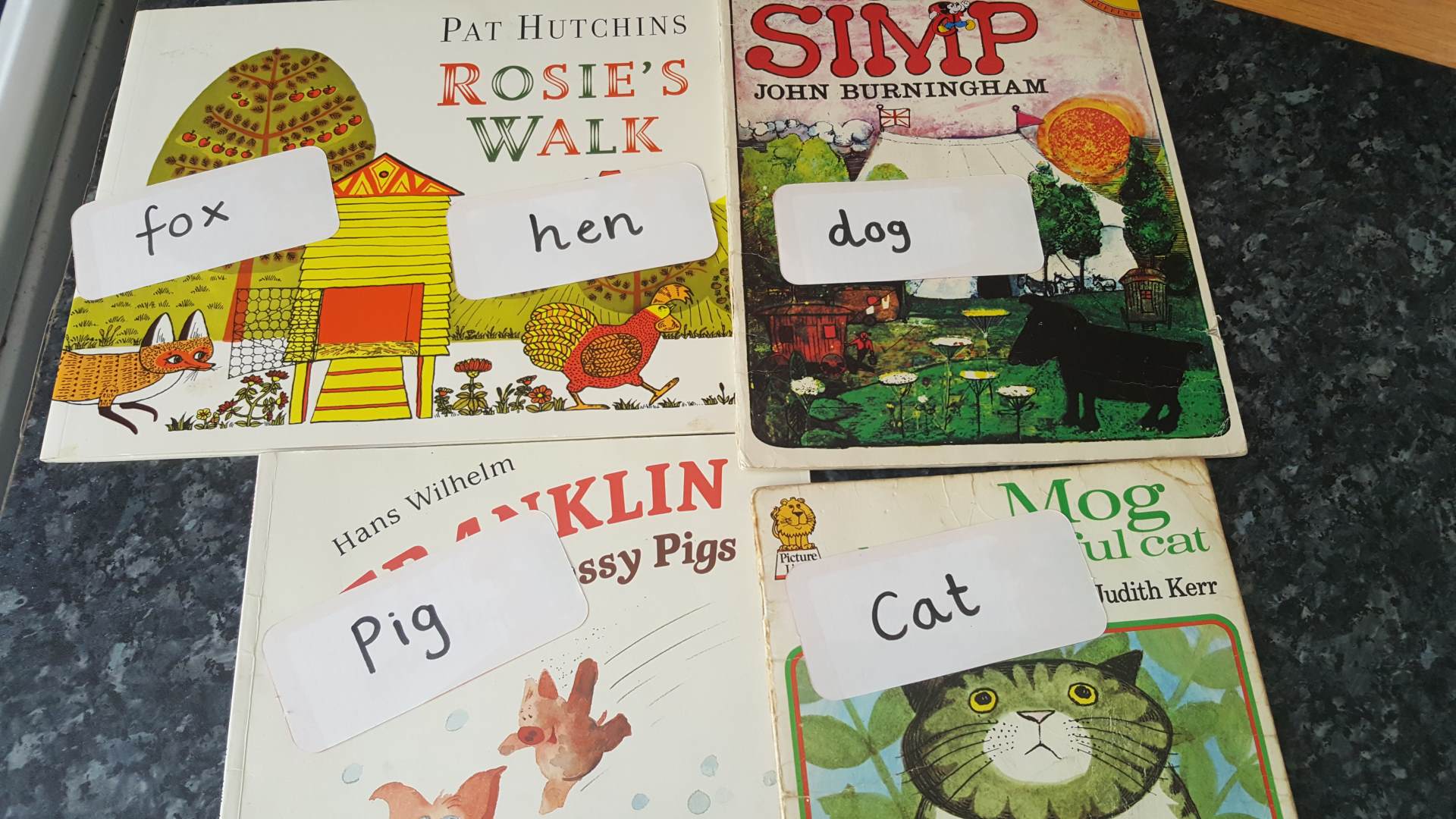
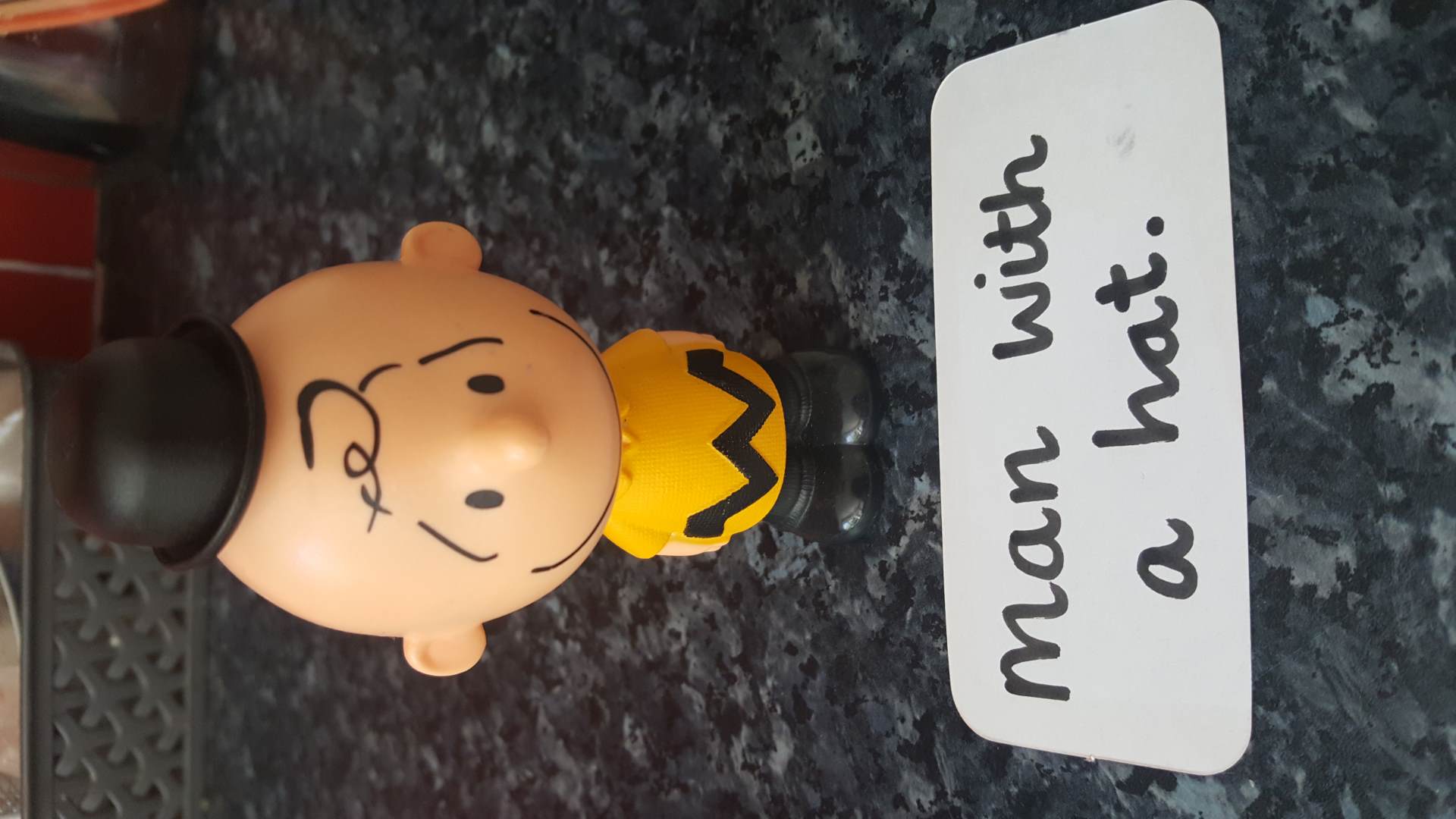
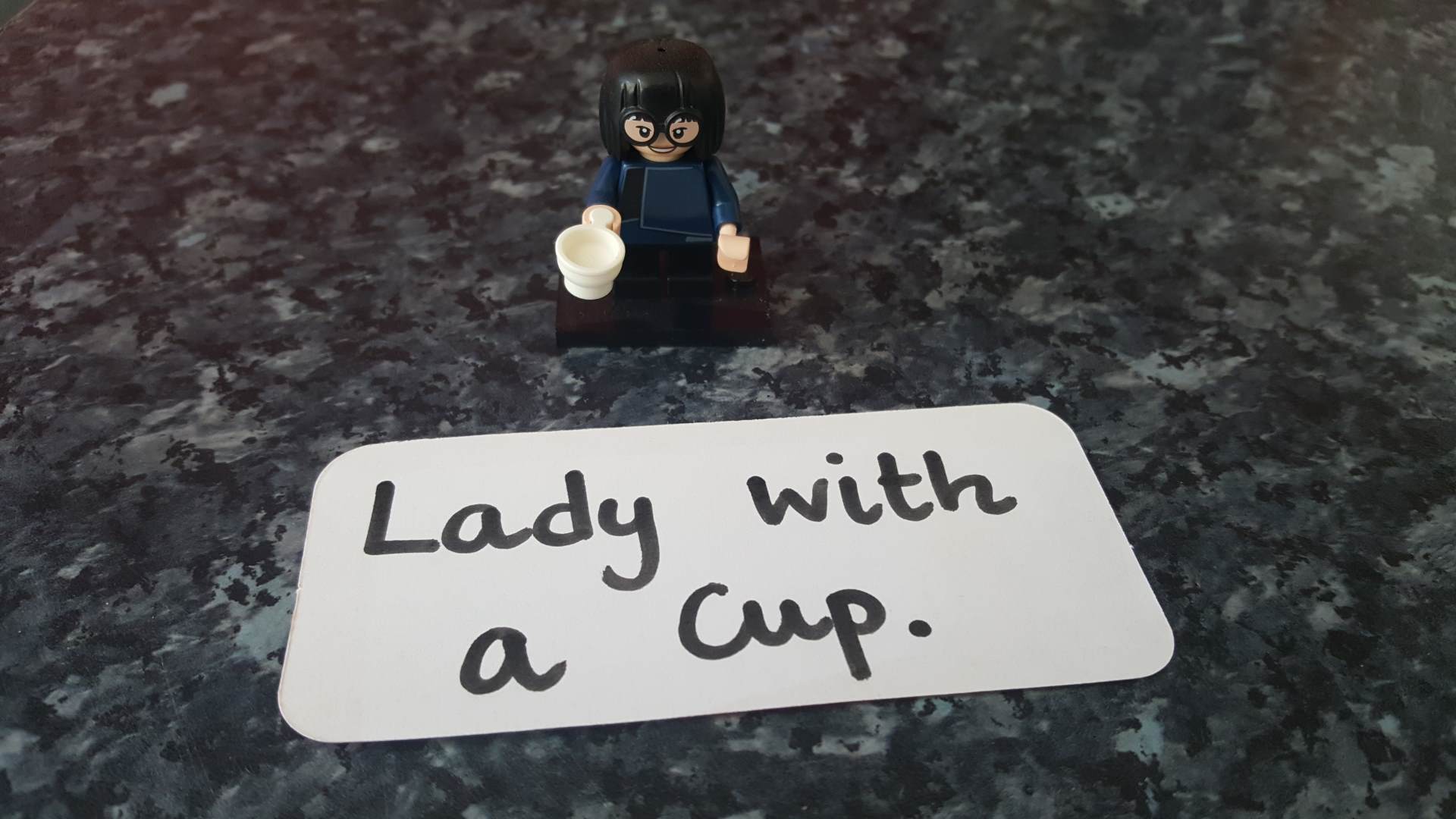
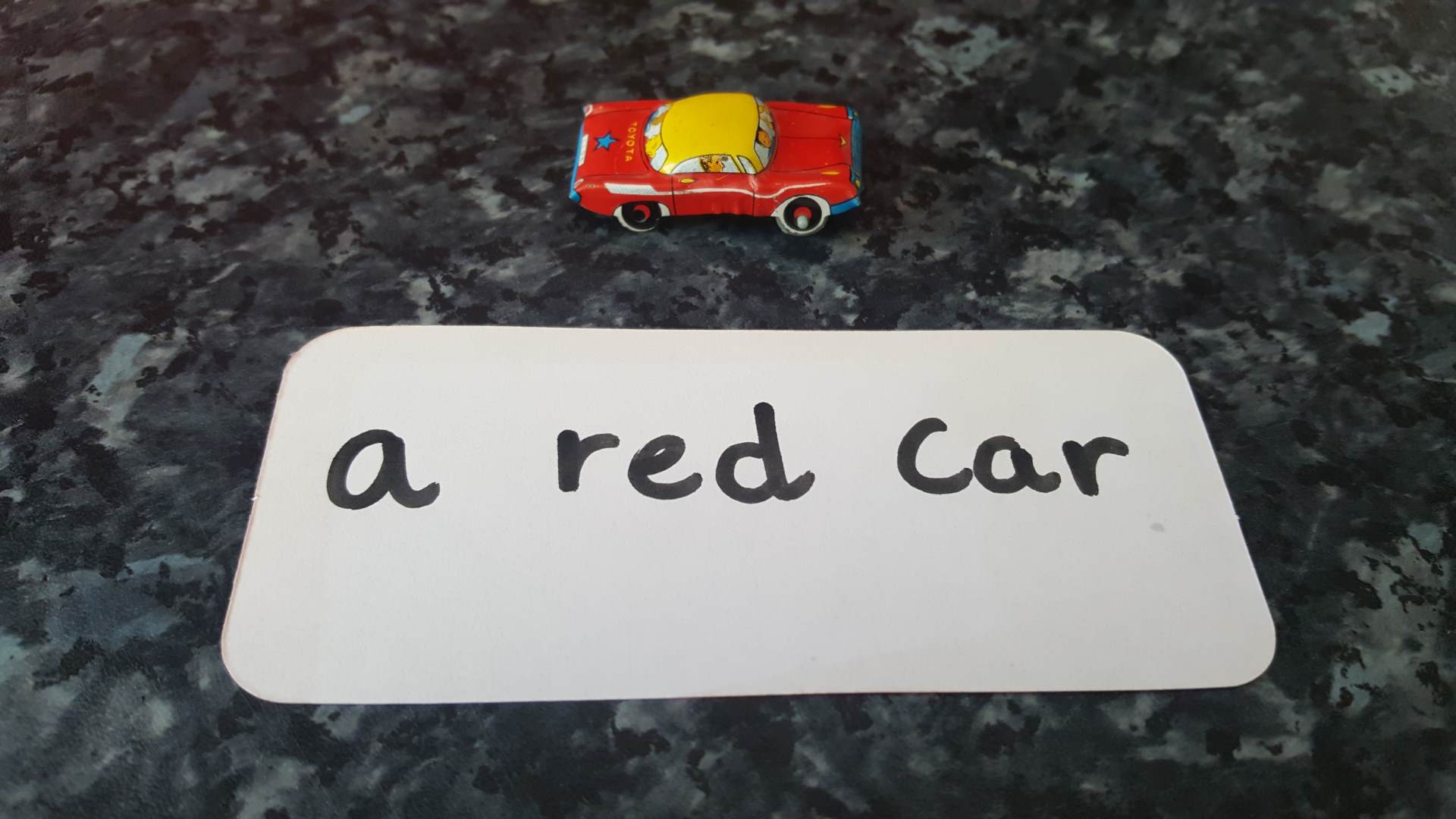
Imaginary Worlds
This week’s theme is Imaginary Worlds. Have a go at creating your own world! It can be something from real life like a garage, a building site, a garden, a zoo or something imaginary like a fairy world or a superhero town. Create some imaginary characters and settings.
Try out some small world play- see photos for inspiration, children love engaging in the materials, playing with or as characters and creating their own role play scenarios.
Revisit our settings section and have a go at collaging an imaginary setting or scene.
Can you design a character? A knight, a fairy, a space traveller, a clown, a talking animal- there are lots of ideas you could try.
Use the Twinkl printable resources to create small world play for the following:
The Cautious Caterpillar
Diggers
Cars and roadways
Dinosaurs
Pirates
Superheroes
Explore books with imaginary worlds.
There are lots of great imaginative clips here https://www.literacyshed.com/the-fantasy-shed.html which you can engage in. Bubbles and Something Fishy are popular with children at school.
https://www.literacyshed.com/home.html
Let’s go live https://www.youtube.com/results?search_query=lets+go+live+oceans These programmes have some great creative ideas, from making an Ocean World to a Pirate Island.
Can you build an imaginary place? A magic castle from a cardboard box, a talking tower from Lego, a fairy field using a blanket, a mystical river using a scarf. You could use different fabrics and materials to add to your imaginary world.
Cut up different animals/clip art monsters etc and create a made up animal, write about the animal or label. Can you create a world where the creature might live or write a fact file?
Imaginary Worlds Photo Ideas:
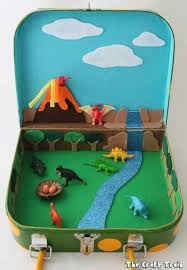
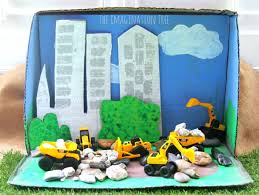
Imaginary Worlds Activity Sheets
- Building Site Small World Background
- Cars Roads Play Idea Super Eco Colour
- Cars Roads Small World Play Idea
- Cars Prompt Card
- Cars Prompt Card Editable
- Caterpillar Small World Background 1
- Caterpillar Small World Background 2
- Comic Superhero Word Cut Outs
- Diggers Prompt Card 2
- Diggers Prompt Card Editable
- Dinosaur Fossil Playdough Recipe
- Dinosaur Prompt Card Editable
- Dinosaur Small World Background
- Dinosaur Small World Play Pack
- EYFS Small World Play Pack Prompt Card
- EYFS Small World Play Pack Prompt Card Editable
- How to Dye Rice and Pasta
- Instructions
- Moulding Sand Playdough Recipe
- Ooey Gooey Slime Recipe
- Pirate Finger Puppets
- Pirate Stick Puppets
- Pirates Prompt Card Editable
- Pirates Small World Play Pack
- Printable Roads
- Small World Background Pirate Scene
- Small World Building Site Signs
- Small World Road Signs and Traffic Lights
- Street View Houses and Homes Small World Background
- Superhero Small World Pack
- The Cautious Caterpillar Small World Play
- The Cautious Caterpillar Small World Play Prompt Card
- The Cautious Caterpillar Story Stone Image Cut Outs
Characters
There are characters everywhere. In the books we read, in the programmes we watch. In our favourite clips and films, in computer games. Maybe even on our clothing or in our dressing up boxes. Lots of us have favourite characters and can name them. Can we describe them too? Can we match them? Can we find them in a treasure hunt? Maybe we can design our own character or try dressing up as a character.
Explore your favourite books, who are the characters? Can you identify them? Can you identify something about them do they have a costume? What do they like doing? Talk/write about why you like that character. Create a friend for a character in a story or a new character for a favourite story.
Explore different characters you might watch on television like the number blocks, Thomas the Tank, Superheroes or cartoon characters. What are they called? What colour are they? What do they wear? Maybe you could design a new costume for an existing character that you like?
Use the character cards to explore different types of characters? You could try sorting them into categories
Explore different types of characters- animals, humans, fantasy, fairytale
Cut up a selection of printed characters and mix and match to create new characters, write labels/ sentences to describe the character. Name, likes/dislikes etc
Use the printable resource to create some mix and match characters of your own.
Print some pictures of your favourite characters and hold a character hunt, hiding characters to find. You could have pictures to match or tick off.
Try some fun play activities with different characters
Pirates and mermaids - dress up as a pirate, make a treasure map, do a treasure hunt around the house/garden, make a treasure chest, make a pirate hat, pirate ship with cardboard boxes, make a telescope, obstacle course in the garden - walk the plank! Make a mermaid tail with card and cupcake cases, make an underwater sensory bottle, make a mermaid necklace/bracelet with sea-coloured beads, mermaid tail colouring, painting, collaging.
Fairies - make a fairy wand, make a fairy garden (decorate plant pots with paint and glitter, paint stones, paint lolly sticks for fences around the fairy garden), fairy sensory trays (glitter, pastel coloured foam/slime), make fairy wings, make a fairy water tray with bath petals and salts, make flower headbands
Wizards- Make a wand, make a wizard’s hat, play spells, make garden or kitchen potions, decorate a cloak, collage or paint a wizard’s pet like a cat, frog or rat.
Superheroes - dress up as a superhero, make a superhero cape/mask, make a superhero obstacle course (can you save the day and rescue the teddy), design/create your own superhero, practice superhero moves along to superhero songs https://www.youtube.com/watch?v=Py4fhsx3Ct4
Food characters- try using food as a sensory and creative way to make a character – see photo
BBC Bitesize creating a character https://www.bbc.co.uk/bitesize/topics/zkgcwmn/articles/zd72scw
https://www.bbc.co.uk/bitesize/topics/zv63d2p/articles/zprj7ty
Character Photo Ideas:
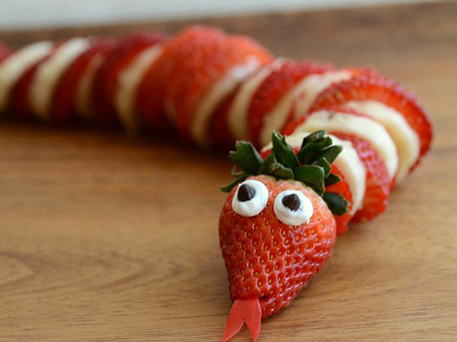
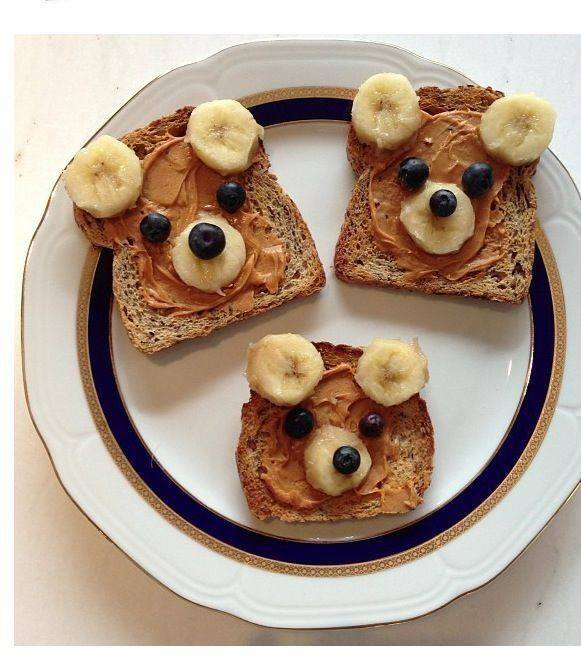
Character Activity Sheets
Send a Letter
You can practice fine motor skills, symbol sentences, copy writing, overwriting, letter formation to create your own letter or postcard. Maybe you want to send a friend a hug in the post!
Send a hug https://www.theleangreenbean.com/mail-a-hug/
https://www.royalmail.com/sending/sendaletter/how-to
Use the printable Royal Mail resources to create a picture or hug to send
Write a letter using symbols, pictures/symbols, practice overwriting. practice copywriting etc. We have a printable symbol resource you could use.
Make a card/postcard for a friend/family member
Practice posting letters (cut a rectangular hole into a cereal box to make a letterbox)
Practice peeling stickers and pretend to put stamps on envelopes
Re visit our Learning Hub section on fine motor skills or try these activities to practise.
Fine motor skill ideas: pegs on tubs, thread cheerios onto uncooked spaghetti or strawberry lace sweets, play dough, sticking buttons/bottle lids on a zigzag track on paper, posting straws into a tube, pegging socks on a line, threading spaghetti into a colander, using kitchen tongs to transfer small items between bowls, posting items into bottles etc.
Make playdough monsters- sticking in pipe cleaners or straws/ pasta for legs rice for hair etc
Mouse control game to practise fine motor skills http://resources.hwb.wales.gov.uk/VTC/incy_wincy/eng/Introduction/default.htm
Playdough hand exercises for strengthening see photo
Finger gymnastics https://www.youtube.com/watch?v=3VpARNgbb8c
Finger fitness. Tricky, but fun to try! https://www.youtube.com/watch?v=-_ukAaO_JDM
Dough dance https://www.youtube.com/watch?v=o9D5lfqZF3o
Playdough Hand Strengthening Ideas:
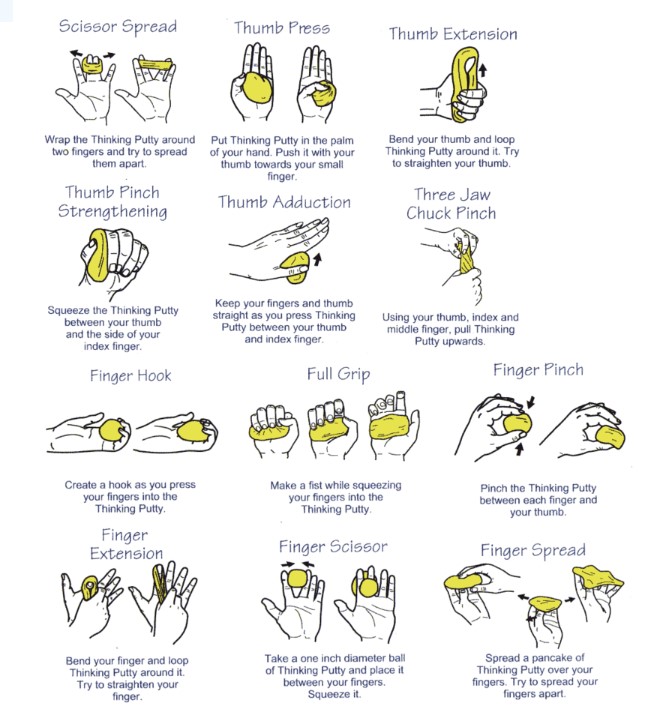
Send a Letter Activity Sheets
Design and Label
You could draw something. You could invent something. You could label a picture from a book or a magazine. You could collect objects and label them You could draw yourself or use photos to label people and things about them.
Find objects in your house to label/ match labels or symbols or find/ match the letters to make the word- see photo
Mix colours and label. Have fun painting!
Cut up a picture of your favourite animal/ character/ person and make a puzzle to put back together
Label/ match numbers or groups of objects with the correct numbers http://www.crickweb.co.uk/Early-Years.html
Design a character, robot, car, building, vehicle, island, country, flag, playground and label with writing/ overwriting or symbols.
Design a play area/garden and label what would be in it.
Draw or find a picture of your favourite animal and label with writing/ overwriting or symbols.
Print a picture of a favourite animal/character etc. and label key parts - e.g. colours, features
Take a photo of your bedroom/house/garden - label key parts with writing/overwriting/symbols
Design a junk model or a playdough monster and label before, then make one
Draw and label your favourite dinner before making it.
Labelling the face and body game https://www.learninggamesforkids.com/health_games/body_parts/labeling.html
Classroom and animal labelling game http://www.crickweb.co.uk/ks1literacy.html
Use the game to label the clothing items http://www.crickweb.co.uk/Early-Years.html
Colour labelling http://www.crickweb.co.uk/Early-Years.html
Design and Label Activity Sheets
- At The Seaside Differentiated Labelling Activity
- Body parts labelling activity
- Label a fire engine
- Label a firefighter
- Label a house
- Label the seaside
- Transport Labelling Sheets
Sensory Stories
We all love a great story and have lots of favourites. Try sourcing some props/ objects to make one of your favourite stories into a sensory story. We have some stories in our resources to try or you could make your own. Sensory stories are great for developing imagination and having fun!
You can use resources at home to retell classic children's stories with props, e.g. the Gingerbread Man (animal toys, smell ginger, mix flour and ginger in a bowl), Goldilocks and the three bears (porridge oats, hard and soft resources for the three bears' beds), the Hungry Caterpillar (food sensory trays to explore texture, smell, taste), We're going on a bear hunt (cold water for the river, cornflour gloop for sticky mud, shredded green paper for the grass), the Three Little Pigs (sticks, straw, building blocks/clay for the houses)
You could also try some story massage https://www.storymassage.co.uk/ they offer live story massage along sessions on their Instagram page.
Sensory ideas https://www.learning4kids.net/play-categories/list-of-sensory-play-ideas/
Sound
Some great sound effects https://www.bbc.co.uk/teach/school-radio/eyfs-listening-skills/zbc4y9q
You can also create your own instruments with household objects.
You can use your voice/ music to create sound effects.
Tins/ pans make great weather noises or drums.
Use rice in a sealed tub or tin to create a rain maker.
Movement
Movements with your body or on your body
e.g footsteps fingers walking up your arm.
Hugs in a story can be shoulder squeezes
Body taps- using your hands to tap different parts of your body.
Stretching your hands arms or legs to make shape movements. Your arms making a circular movement could represent the sun- especially if you were holding some shiny paper/ tin foil
Tactile
Sensory items to touch- soft materials, crinkly paper, ice, fans to create wind, something warm to mimic the sun. Fake grass to touch or go underfoot. Sand, stones, water beads, water. There are lots of household items you can use.
Consider temperature- Something warm to represent a hot climate or warming up. Ice cubes, Ice pools or ice packs to represent a cold climate, getting cold or something cold in the story.
Frozen water balloons are a great visual and tactile prop. They could be planets or bubbles, treasure or under the sea creatures.
Create a sensory bag using a zip lock bag and some goop or hair gel. A lovely tactile resource which can be water/ something cold/ soft. You can add orbeez, sequins, glitter to change the texture/ visual
You can use plastic eggs/ tubs, tins, boxes to reveal objects or to feel for objects. Feely bags are also a great idea. You can use a pillow case or a large envelope too.
Visuals
Tin foil can be the sun or the moon, dark material can be the night sky. You can use fabric to make great visuals- even using items of clothing.
Bubbles are a fantastic fun and easy resource to make. You can have fun trying different sizes with different objects.
Pictures from magazines or photographs.
Toys- different characters
Objects from around your home
Smells
You can explore all kinds of lotions and positions to create smells. Petals and water can create a perfume.
Herbs and spices can recreate cooking smells or outdoor smells. Fruit tea bags can also add smell.
Citrus fruit can add smells but is also interesting to touch and maybe even taste!
Smelly playdough or putty (also good for tactile- mud or squashing sensation)
Jelly or Angel Delight can be great to hide things in- lovely sensory play. And you can smell and eat it too!
https://inclusiveteach.com/2019/07/13/blue-abyss-sensory-story/ The Blue Abyss a sensory story about the sea. See the printable for the full story.
Tiger who came to tea story retell https://www.learning4kids.net/2015/06/22/t-is-for-tiger-tea-party-story-retell/
Free sensory app https://www.sensoryapphouse.com/
Sensory Stories Activity Sheets
- A Day At The Circus Sensory Story
- Blue abyss sensory story
- Charlie and the Chocolate Factory Sensory Story ver 2
- Citrus Scented Sensory Rice Recipe
- Incy Wincy Spider Nursery Rhyme Poster
- Incy Wincy Spider Sensory Bin Ideas
- Incy Wincy Spider Sensory Story Ideas Sheet
- Incy Wincy Spider Stick Puppets
- Incy Wincy Spider Story Sequencing
- Incy Wincy Spider Story Sequencing 4 per A4 Colour
- People Who Help Us Sensory Story
- Sensory Bottle
- Sensory activity cards
- Summer Bottle Wrap
- Summer Matching Connecting Bricks Game
- Summer Sensory Bin
- The Secret Garden Sensory Story
- The Very Hungry Caterpillar Sensory Story
- Treasure hunt sensory story
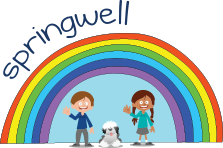 Springwell
Springwell